Tea, one of the most consumed beverages globally, originates from the leaves of the Camellia sinensis plant. The quality, flavor, and aroma of tea depend heavily on the conditions under which the plant is grown, nurtured, and harvested. Cultivating tea plants requires meticulous attention to environmental factors, soil health, pest management, and harvesting techniques. This article explores the critical aspects of tea plant growth, highlighting the practices that ensure optimal yield and premium-quality leaves.
Soil Management and Preparation
The foundation of a thriving tea plantation lies in its soil. Tea plants thrive in well-drained, acidic soils with a pH range of 4.5 to 5.5. Before planting, soil testing is essential to assess nutrient levels, organic matter content, and drainage capacity. Sandy loam or loamy soils are ideal due to their ability to retain moisture while preventing waterlogging.
Key Practices:
- Soil Amendment: Incorporate organic matter such as compost, manure, or peat moss to enhance soil fertility and structure. This improves water retention and provides essential nutrients like nitrogen, phosphorus, and potassium.
- pH Adjustment: If the soil is too alkaline, sulfur or iron sulfate can be applied to lower the pH. Conversely, limestone may be used in highly acidic soils, though this is rare in tea-growing regions.
- Mulching: Apply a layer of organic mulch (e.g., straw or dried leaves) around the base of plants to suppress weeds, retain moisture, and regulate soil temperature.
Climate and Environmental Factors
Tea plants are sensitive to climate variations, making regional adaptability a critical consideration. They grow best in tropical and subtropical regions with warm temperatures, high humidity, and diffused sunlight.

Temperature and Rainfall:
- Tea plants require an average annual temperature of 18–30°C (64–86°F). Frost can damage young shoots, so plantations are often located at elevations between 300 and 2,000 meters above sea level, where frost is less common.
- Annual rainfall of 1,500–2,500 mm is ideal, distributed evenly throughout the year. In drier regions, irrigation systems like drip or sprinkler methods are necessary.
Altitude and Sunlight:
- High-altitude tea estates (e.g., Darjeeling, Assam, or Ceylon regions) produce teas with distinct flavors due to slower growth and cooler temperatures.
- Tea plants prefer filtered sunlight. Direct sunlight can scorch leaves, so many plantations use shade trees (e.g., silver oak or grevillea) to create a microclimate. This practice also enhances soil health by adding organic matter through leaf litter.
Planting and Spacing
Proper spacing between tea plants ensures adequate airflow, reduces pest infestations, and facilitates mechanical harvesting.
Recommended Spacing:
- Rows are typically spaced 1.2–1.5 meters apart, with plants spaced 0.6–1 meter within rows.
- Closer spacing may increase yield but risks overcrowding, while wider spacing reduces competition for resources.
Propagation Methods:
- Tea is commonly propagated through seedlings or cuttings. Clonal varieties, selected for disease resistance and yield, are increasingly popular.
- Seedlings require 2–3 years to mature, while cuttings may take 1.5–2 years.
Nutrient Management
Tea plants are heavy feeders and require balanced nutrition throughout their life cycle.
Fertilization Schedule:
- Nitrogen: Critical for leaf growth. Apply 100–150 kg/ha annually, split into 3–4 doses.
- Phosphorus and Potassium: Essential for root development and overall plant health. Apply 50–70 kg/ha of P₂O₅ and 100–150 kg/ha of K₂O.
- Micronutrients: Iron, magnesium, and zinc deficiencies are common. Foliar sprays of chelated micronutrients can address these issues.
Organic vs. Synthetic Fertilizers:
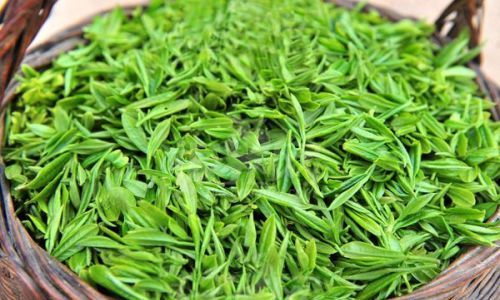
- Organic fertilizers (e.g., compost, poultry manure) improve long-term soil health but release nutrients slowly.
- Synthetic fertilizers provide quick nutrition but may harm soil microbes if overused. A balanced approach is recommended.
Pest and Disease Control
Tea plantations are vulnerable to pests like tea mosquito bugs, red spider mites, and diseases such as blister blight and root rot.
Integrated Pest Management (IPM):
- Biological Control: Introduce natural predators like ladybugs or parasitic wasps to control pests.
- Cultural Practices: Remove and destroy infected leaves to prevent disease spread. Prune plants to improve airflow.
- Chemical Control: Use pesticides sparingly, opting for biopesticides like neem oil or Bacillus thuringiensis (Bt). Rotate chemicals to avoid resistance.
Common Diseases and Solutions:
- Blister Blight: Caused by the fungus Exobasidium vexans. Apply copper-based fungicides during monsoon seasons.
- Root Rot: Avoid waterlogging and improve drainage. Use fungicides like metalaxyl.
Pruning and Training
Regular pruning maintains plant shape, encourages new growth, and simplifies harvesting.
Pruning Techniques:
- Light Pruning: Remove 5–10 cm of the top growth annually to stimulate lateral branching.
- Deep Pruning: Every 3–5 years, cut back branches to 30–45 cm to rejuvenate old plants.
- Tipping: Remove apical buds to promote bushier growth and higher yield.
Training:
- Train young plants to develop a wide, sturdy framework. This ensures better light penetration and airflow.
Irrigation and Water Management
Tea plants require consistent moisture, especially during dry spells.
Irrigation Methods:

- Drip Irrigation: Delivers water directly to roots, minimizing waste.
- Sprinkler Systems: Useful in flat terrains but may increase humidity, favoring fungal growth.
Water Quality:
- Avoid saline or alkaline water, as it can harm roots. Use rainwater or treated groundwater if possible.
Harvesting Techniques
The timing and method of harvesting significantly impact tea quality.
Harvesting Frequency:
- Pluck young leaves and buds (known as “flushes”) every 7–14 days during peak growth seasons.
- In tropical regions, harvesting may occur year-round, while subtropical regions have seasonal peaks.
Plucking Standards:
- Fine Plucking: Two leaves and a bud (used for high-quality teas like white or green tea).
- Coarse Plucking: Three leaves and a bud (common for black tea).
Tools:
- Use sharp knives or hand pluckers to avoid damaging branches. Avoid using blunt tools that tear leaves.
Post-Harvest Processing
The way leaves are processed after harvest determines the tea type (e.g., black, green, oolong).
Withering:
- Leaves are spread out to reduce moisture content (20–30% for black tea, 10–15% for green tea).
Rolling/Oxidation:
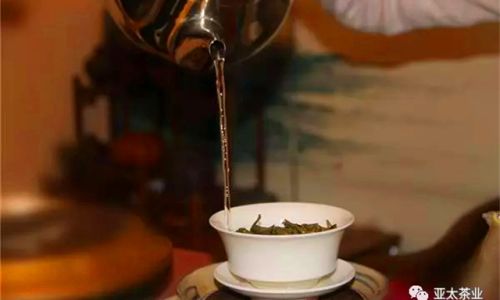
- Black tea undergoes full oxidation, while green tea is steamed or pan-fried to halt oxidation.
Drying:
- Leaves are dried at 80–90°C to halt enzymatic activity and preserve flavor.
Sustainability and Ethical Practices
Modern tea cultivation emphasizes sustainability to protect ecosystems and worker welfare.
Certifications:
- Seek certifications like Rainforest Alliance, Fairtrade, or Organic to ensure ethical sourcing.
Agroforestry:
- Integrate shade trees and crop rotation to enhance biodiversity and soil health.
Waste Management:
- Compost tea waste or use it as biofuel. Avoid burning pruned branches to reduce air pollution.
Conclusion
Growing tea plants is a delicate balance of art and science. From soil preparation to harvesting, each stage demands precision and adaptability to local conditions. By prioritizing soil health, climate resilience, and sustainable practices, tea cultivators can produce leaves that delight palates worldwide while preserving the environment for future generations. The journey from seed to cup is a testament to human ingenuity and the enduring appeal of this ancient beverage.



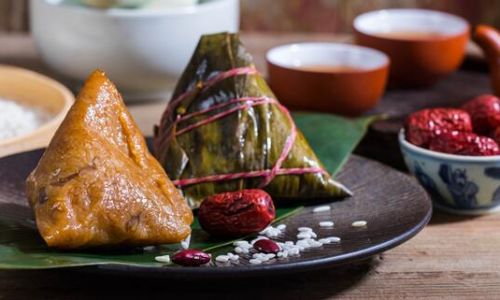
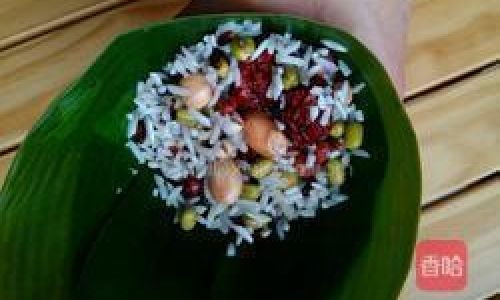
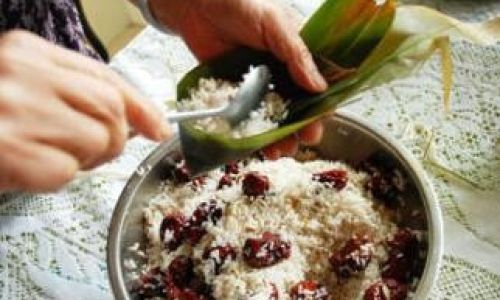
0 comments